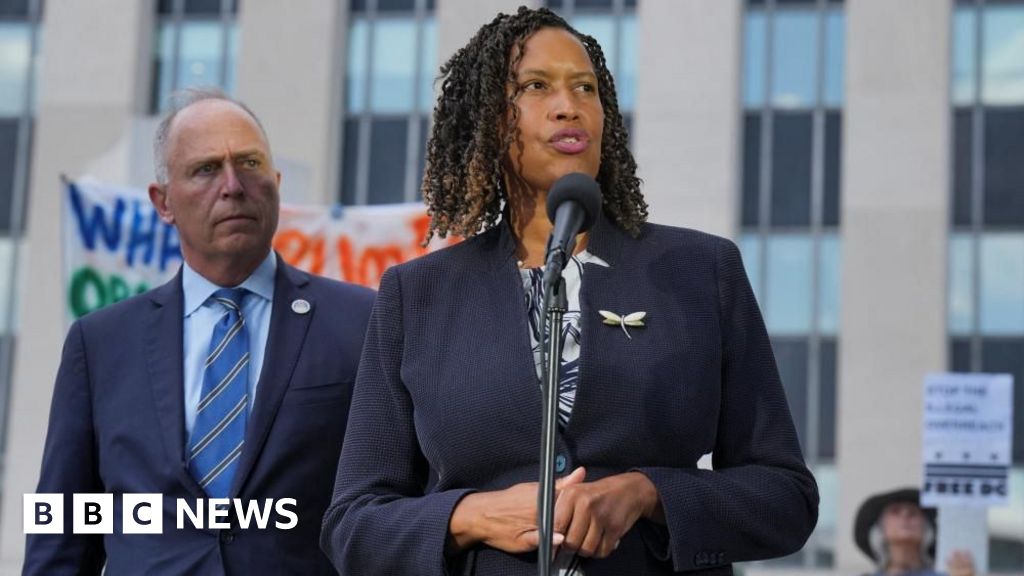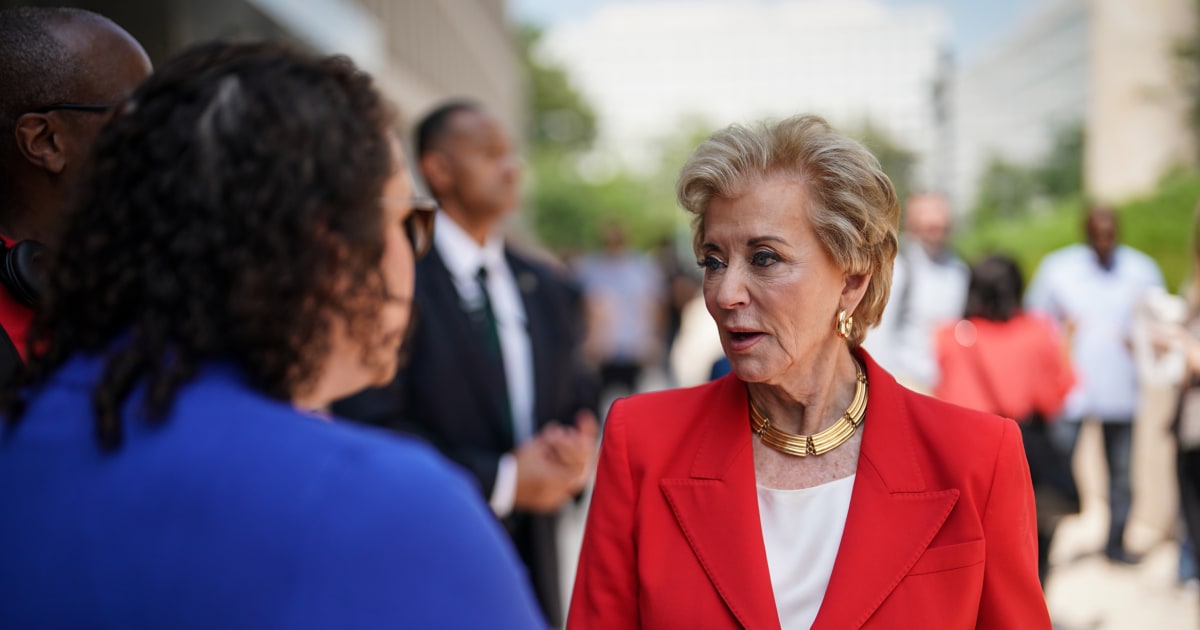Supreme Court Allows Trump Administration to Cut $783M in Diversity Funding
Introduction
The Supreme Court has made a controversial decision to allow the Trump administration to cut $783 million in research funding in an effort to scale back federal diversity, equity, and inclusion initiatives. This ruling comes after a federal judge had previously ordered a halt to the cuts, but the Supreme Court has now overturned that order in a split decision on Thursday.
Key Details
The Trump administration has been vocal about its stance on diversity and inclusion efforts, with many officials arguing that such initiatives have gone too far and have become a burden on taxpayers. This decision to cut nearly $800 million in funding will have a significant impact on various research projects and programs that aim to promote diversity and equal opportunities for all. This includes funding for studies on systemic racism, gender inequality, and other social issues.
Impact
The implications of this decision are far-reaching and have sparked outrage and concern among many individuals and organizations. Some fear that this move could have a detrimental impact on progress and advancements in areas such as racial and gender equality, as well as hinder the ability for marginalized communities to have their voices heard. Additionally, this decision raises questions about the role of the government in promoting diversity and inclusion, and whether or not this is a responsibility that should be shouldered by federal funding.
About the Organizations Mentioned
Trump_Administration
The "Trump Administration" refers primarily to the U.S. presidential administrations led by Donald J. Trump, encompassing his first term from 2017 to 2021 and his second term beginning in 2025. As the 45th and current U.S. President, Trump’s administrations have focused on a wide array of policy areas, including economic reform, trade, foreign policy, judicial appointments, and technology innovation. During his first term (2017-2021), the Trump Administration enacted significant tax reforms, notably the Tax Cuts and Jobs Act, which was the largest tax reform in U.S. history. It also prioritized renegotiating trade agreements with major partners such as Mexico, Canada, China, Japan, and South Korea to favor American economic interests. The administration emphasized strengthening the military, combating ISIS, addressing the opioid crisis, improving veterans' healthcare, and responding to the COVID-19 pandemic with vaccine development support[4][5]. In technology and business, the Trump Administration advanced American leadership by signing international agreements on secure 5G networks, including the Prague Principles, and collaborating with the UK on artificial intelligence cooperation. It also led efforts to exclude Chinese telecom giant Huawei from allied 5G infrastructure, reflecting concerns over national security and technology sovereignty[5]. Notably, President Trump appointed three Supreme Court justices—Neil Gorsuch, Brett Kavanaugh, and Amy Coney Barrett—marking the largest such appointment by any one-term president since Herbert Hoover. Over 200 federal judges were confirmed during his first term, reshaping the judiciary[4]. The administration was marked by controversy, including two impeachments by the House of Representatives—first in 2019 for abuse of power related to Ukraine and second in 2021 for incitement of insurrection—with acquittals in both Senate trials[4]. Foreign policy highlights include withdrawing from the Trans-Pacific Partnership, imposing travel bans on several Muslim-majority countries, and complex stances in Middle East conflicts,









